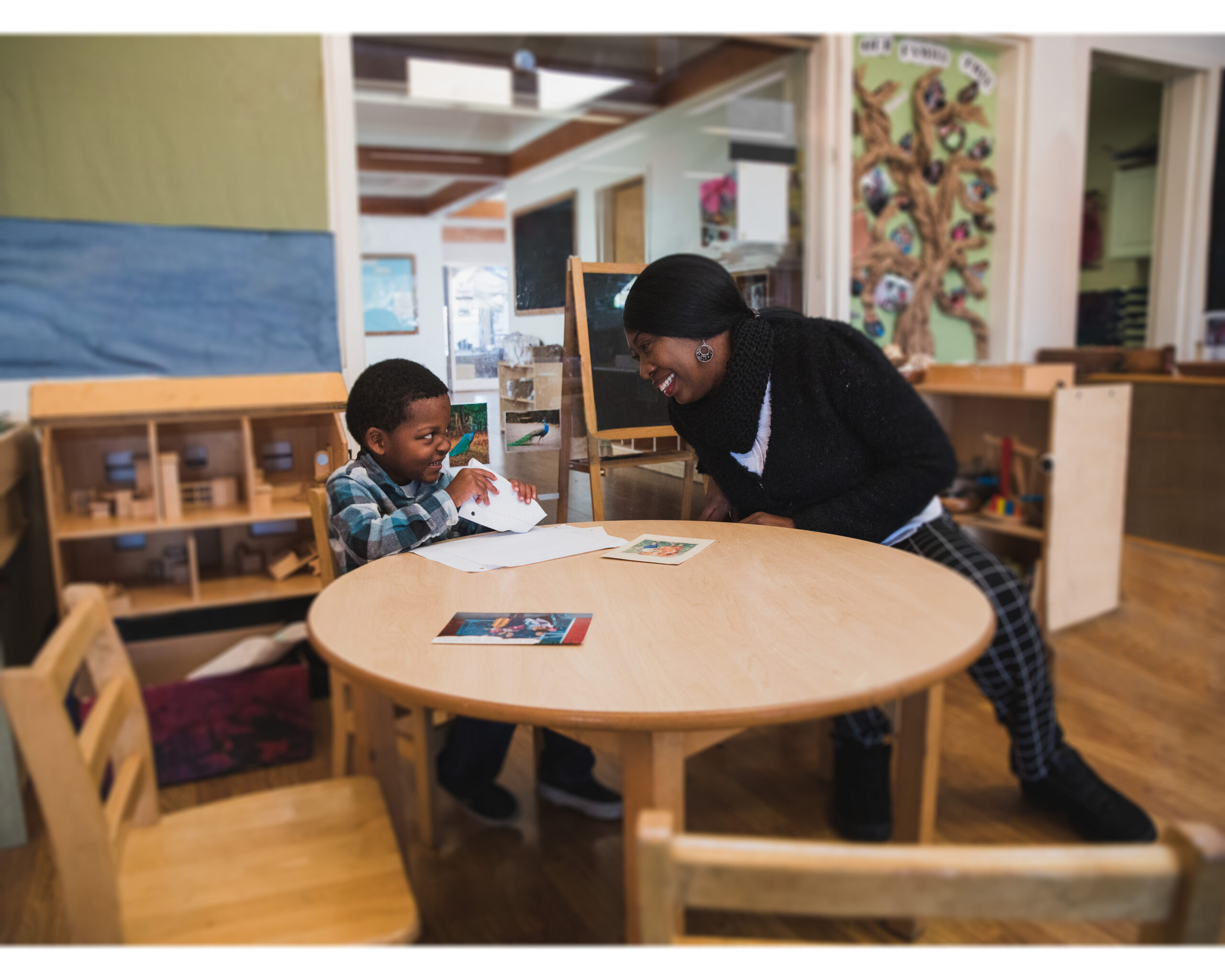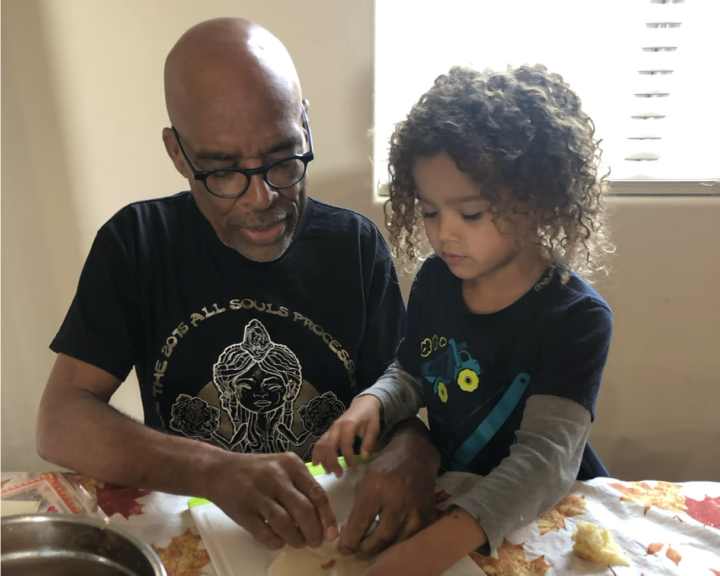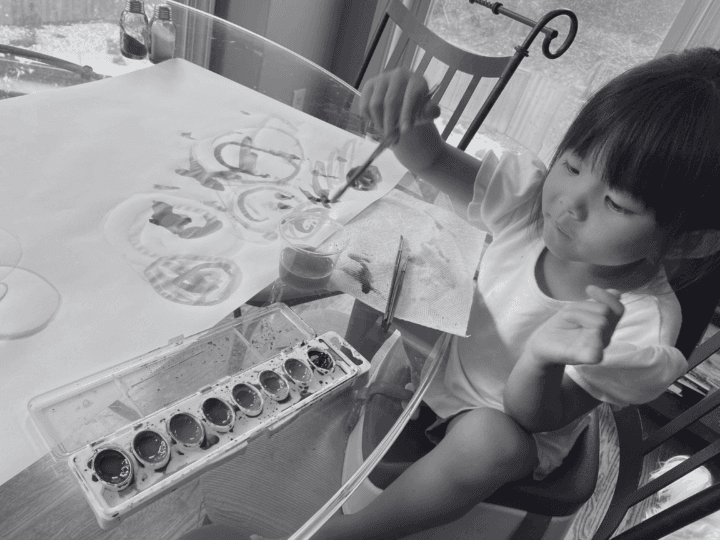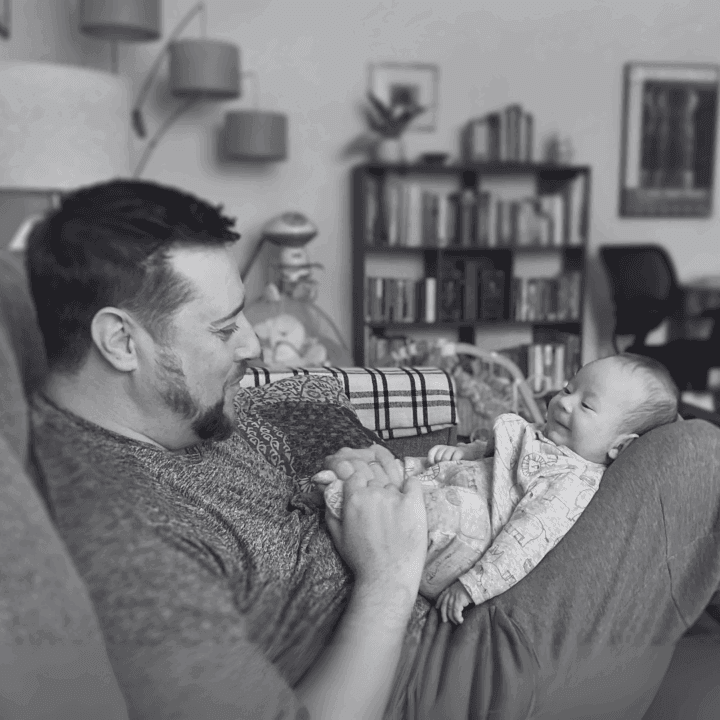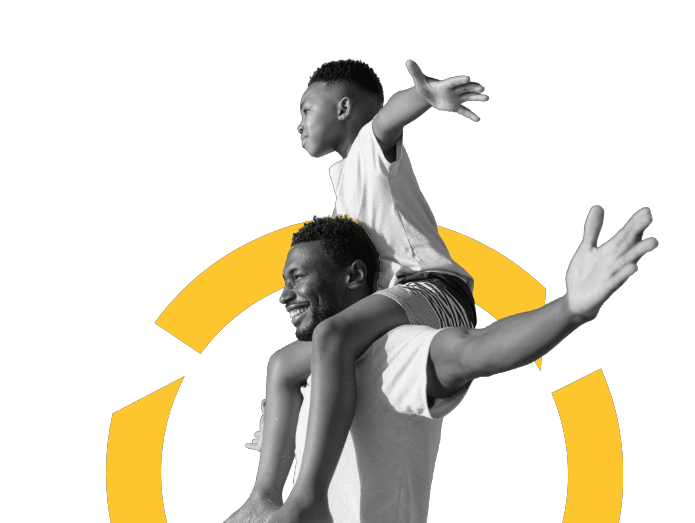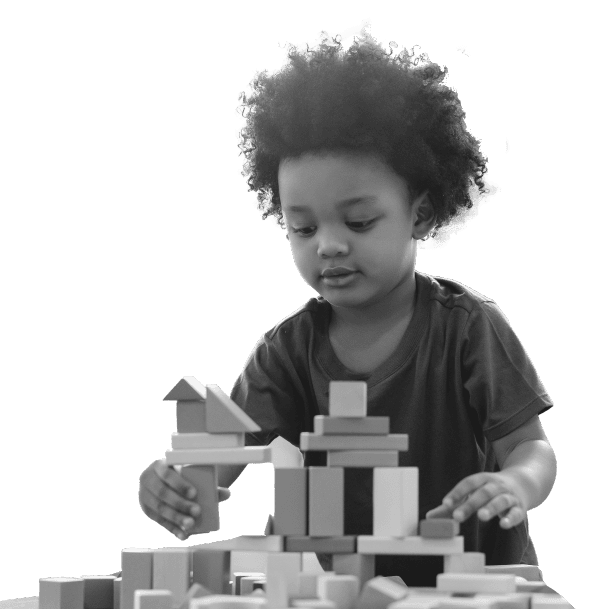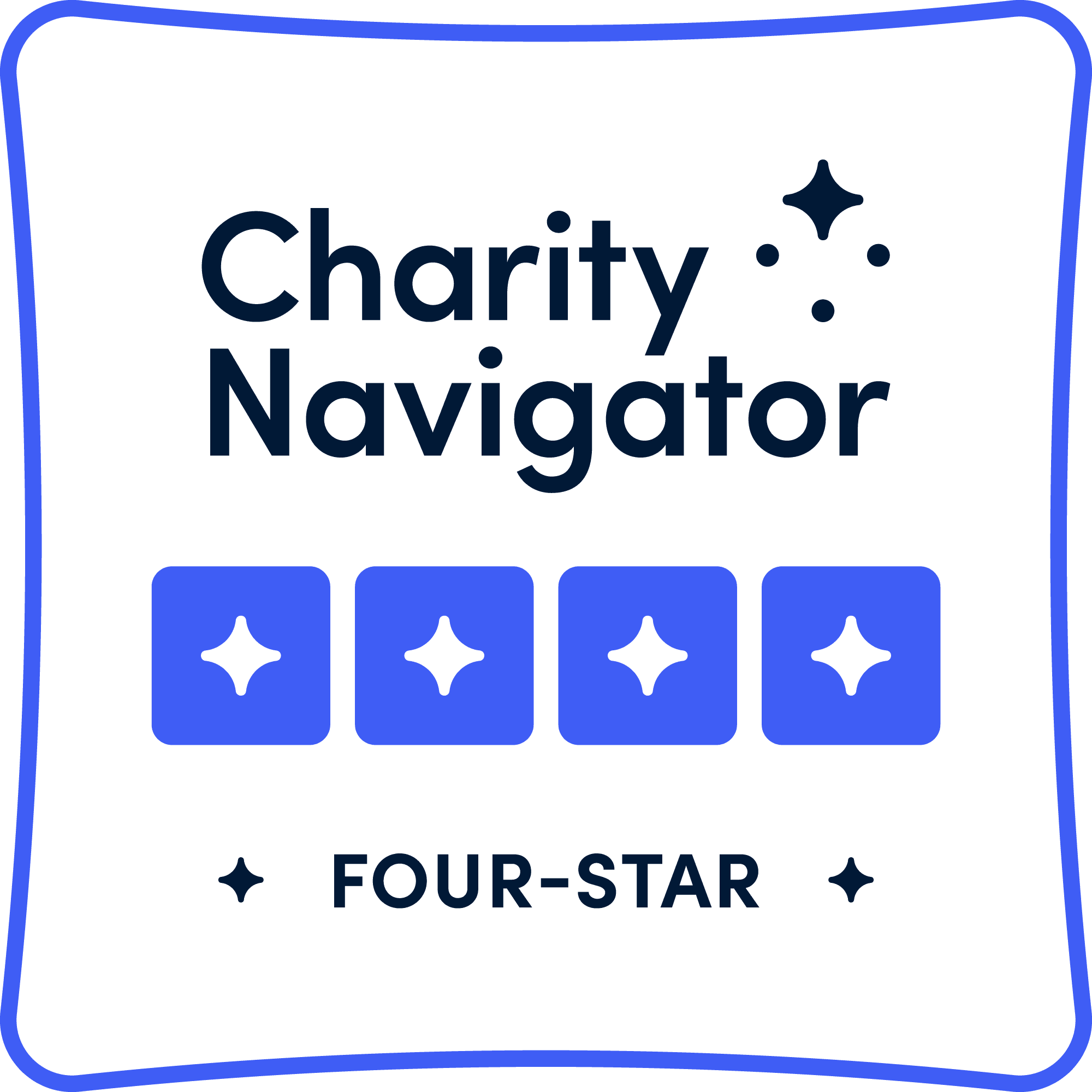Think about a time you really enjoyed a two-way conversation. Perhaps it was with a friend. Maybe with a family member. Two-way means there’s a real back and forth – a give and take, and the connection feels strong and satisfying.
Two-way communication can be verbal or nonverbal. It’s about watching, listening, observing, hearing cues from others, and responding. A two-way interaction embodies mutual respect for each person’s way of communicating. Each person holds space so the other has time to respond, and there’s patience to listen and interpret their cues.
In the latest episode of the Leading for Children Podcast, we discussed two-way relationships and interactions. We were delighted to have a conversation with Beverly Erdmann, an educator who is recently retired from the Department of Defense Education Activity, and Shannon Newman, LFC’s Senior Program Manager and a wife, mother, and grandmother. Together, we explored the fourth of LFC’s 11 Simple Rules to Create Thriving Communities for Children: Two-way relationships and interactions.
Two-way Relationships in Action
We each shared stories of two-way communication — interactions that exemplify mutuality and respect, as well as times when we fell short in actively welcoming others’ perspectives.
Judy reflected on a time when, in interactions with children, she overlooked cues that would have led to two-way communication.
As a young teacher, I would ask a child a question, and if they didn’t respond immediately, I would be right there with another question. I didn’t know how to look for nonverbal responses, whether there was a little nod of the head, or the child looked away from me, because they didn’t want to answer my question in that moment.
For Beverly, mutuality in interactions with children depends on being fully present, whatever a child’s communication needs might be. She remembered observing a fellow teacher, who made all children feel seen and heard.
She was there in the moment with the child, able to read the child’s cues, listen when appropriate and provide strategies when a child needed help to resolve an issue or communicate their needs.
Two-way interactions are not only critical to children’s learning; they also support healthy communication across all our relationships. Nichole recalled an interaction with her oldest daughter, where she had to keep her own feelings in check to truly hear her daughter’s perspective.
I was telling her my perspective, and she stopped me, saying, “Mom, just listen to me.” I said, “I am listening to you.” And she said, “No, you’re listening at me, but not listening from me. You’re listening from your place as my mom, to protect, not from my perspective.” I carried that forward, and it did become a two-way conversation. I acknowledged that I have big feelings, but I tried to listen from her.
Experiencing two-way interactions over time shapes the way we see ourselves, as Shannon observed in thinking about the long-term impacts of interactions with her father.
My dad always made me feel seen and on equal ground. He did this by always asking questions and following up. Even as a child, I never felt like somebody with less power. We were working together to make decisions.
Strategies for Two-Way Relationships and Interactions
For Shannon, eye contact and open body language are signs of each person’s commitment to two-way communication. These cues convey trust in yourself and trust that your partner in that two-way relationship is also going to show up in that way. It’s sharing thoughts and feelings and recognizing the needs of the other person while you’re in that interaction.
Beverly considered the importance of checking our own thoughts and assumptions to make sure that we’re welcoming genuinely mutual exchanges. She highlighted an experience many of us have had, where we appear to be listening to another person, but we’re formulating our own response. which may not be in the moment. The challenge is to be present, keep an open mind, and actively listen.
Building two-way relationships requires intention and awareness, and it can fundamentally shift the way we experience others and others experience us. To engage in more two-way communication day by day, some strategies we’ve found helpful are:
- Be curious and recognize your own emotions, attending to how your mind is working
- Pause to be in the moment with another person — listen, look, and feel; observe with your eyes, ears, and heart
- Exercise patience and take the time to listen from the other person’s perspective, whether that’s by hearing their words or paying attention to their body language
Intentional, two-way communication not only requires active listening, but it encourages active listening. Listening is more than hearing another’s perspective; it can have impacts on the health of our relationships and our overall wellbeing. It provides a lens for understanding another’s humanity, while also feeling understood in our own.
